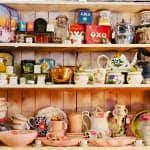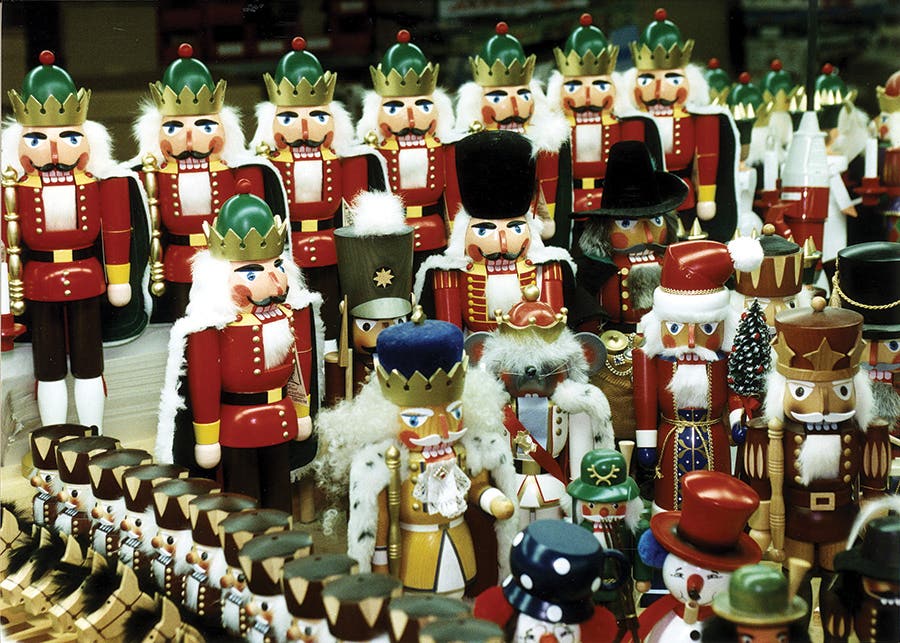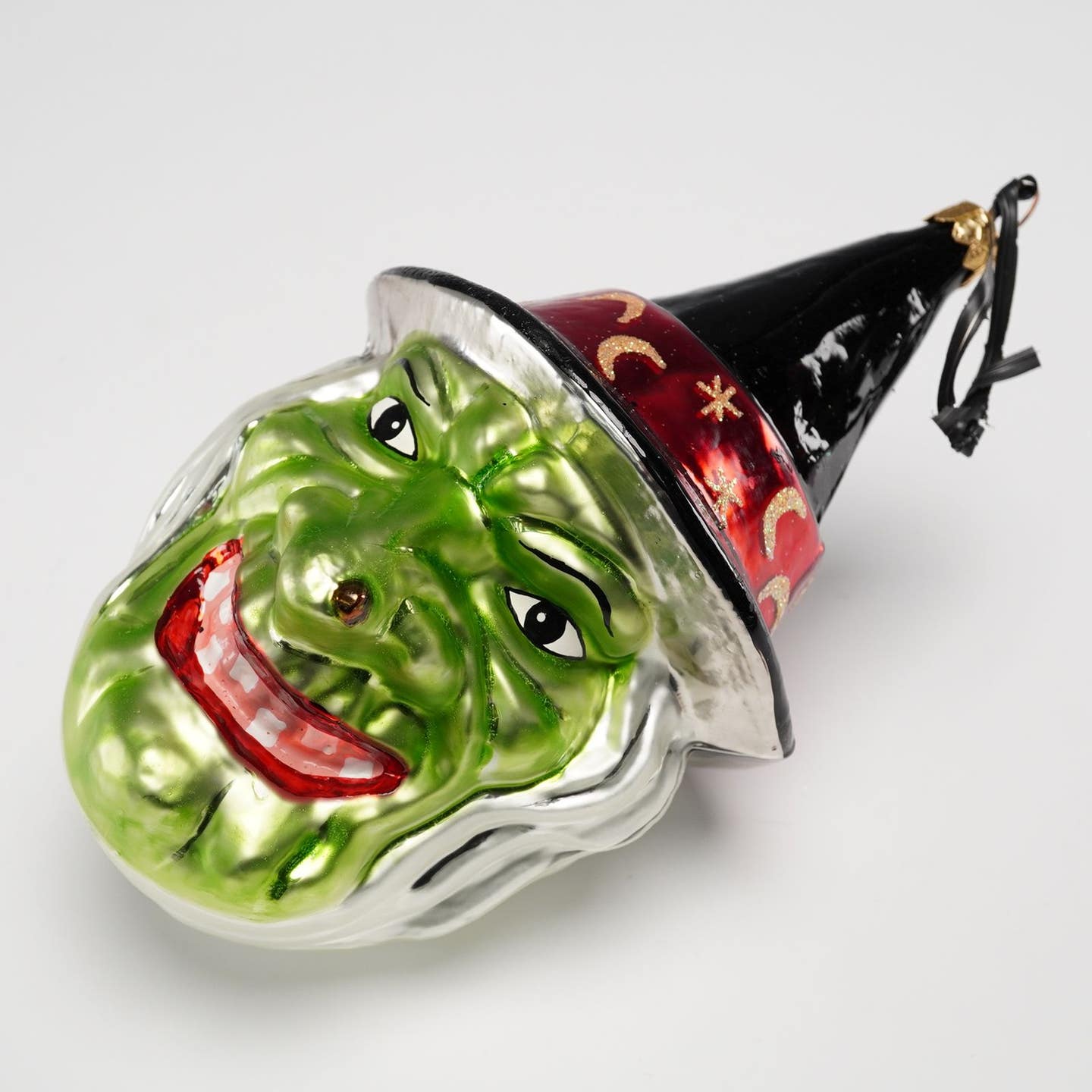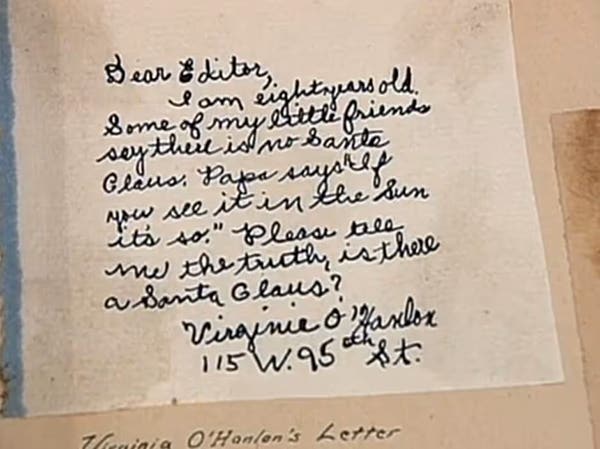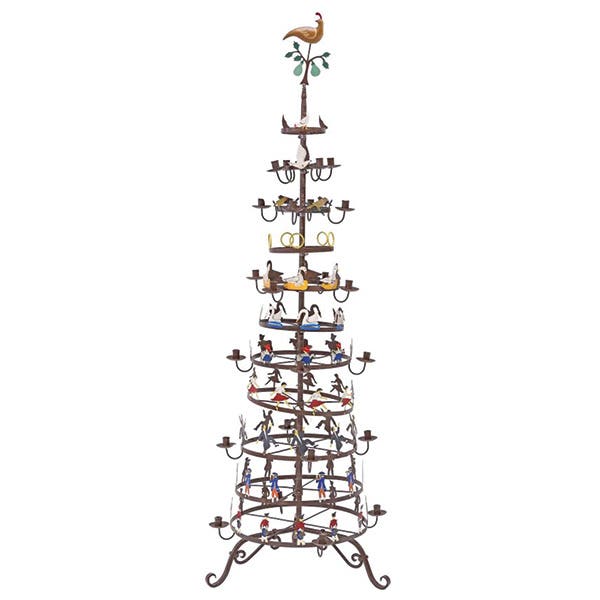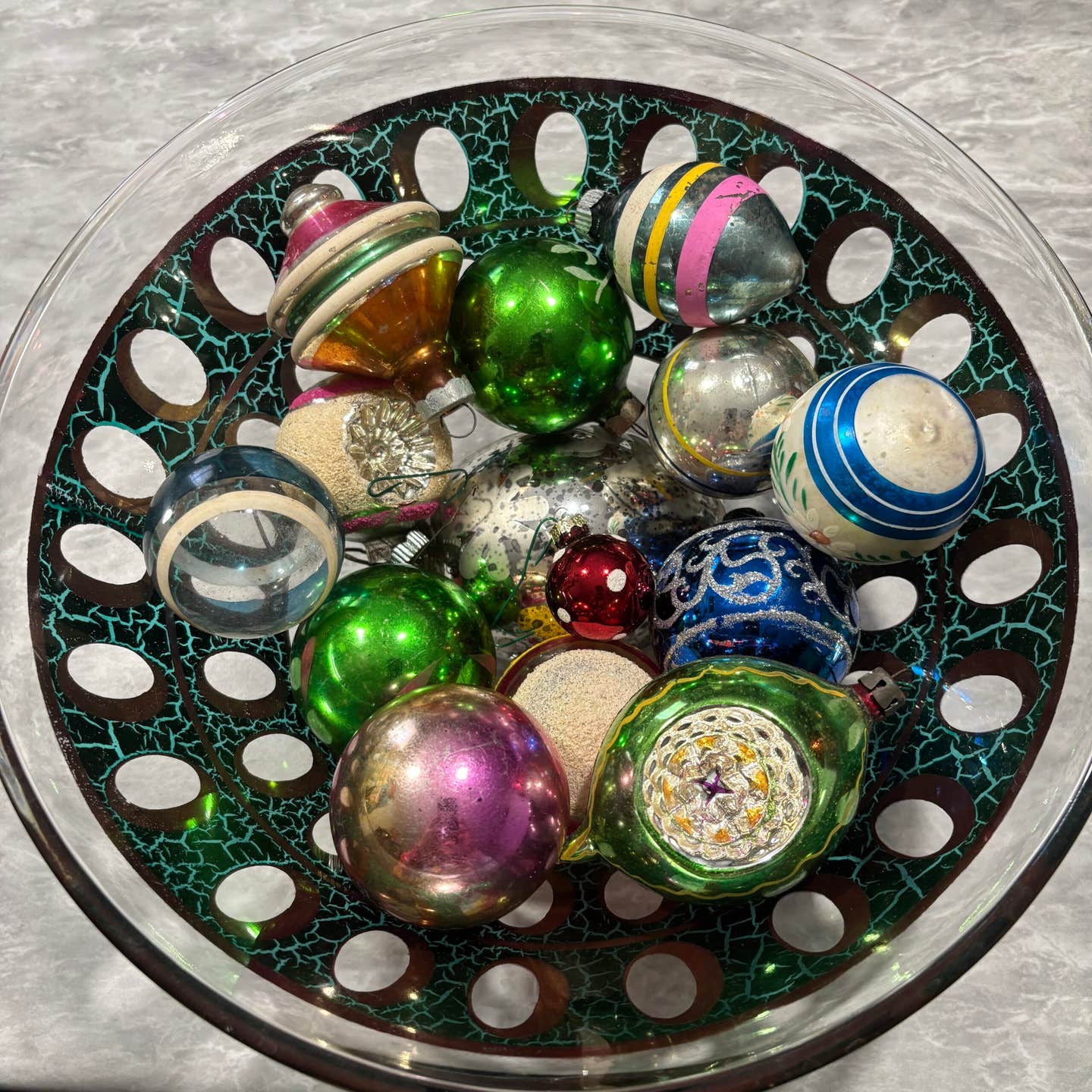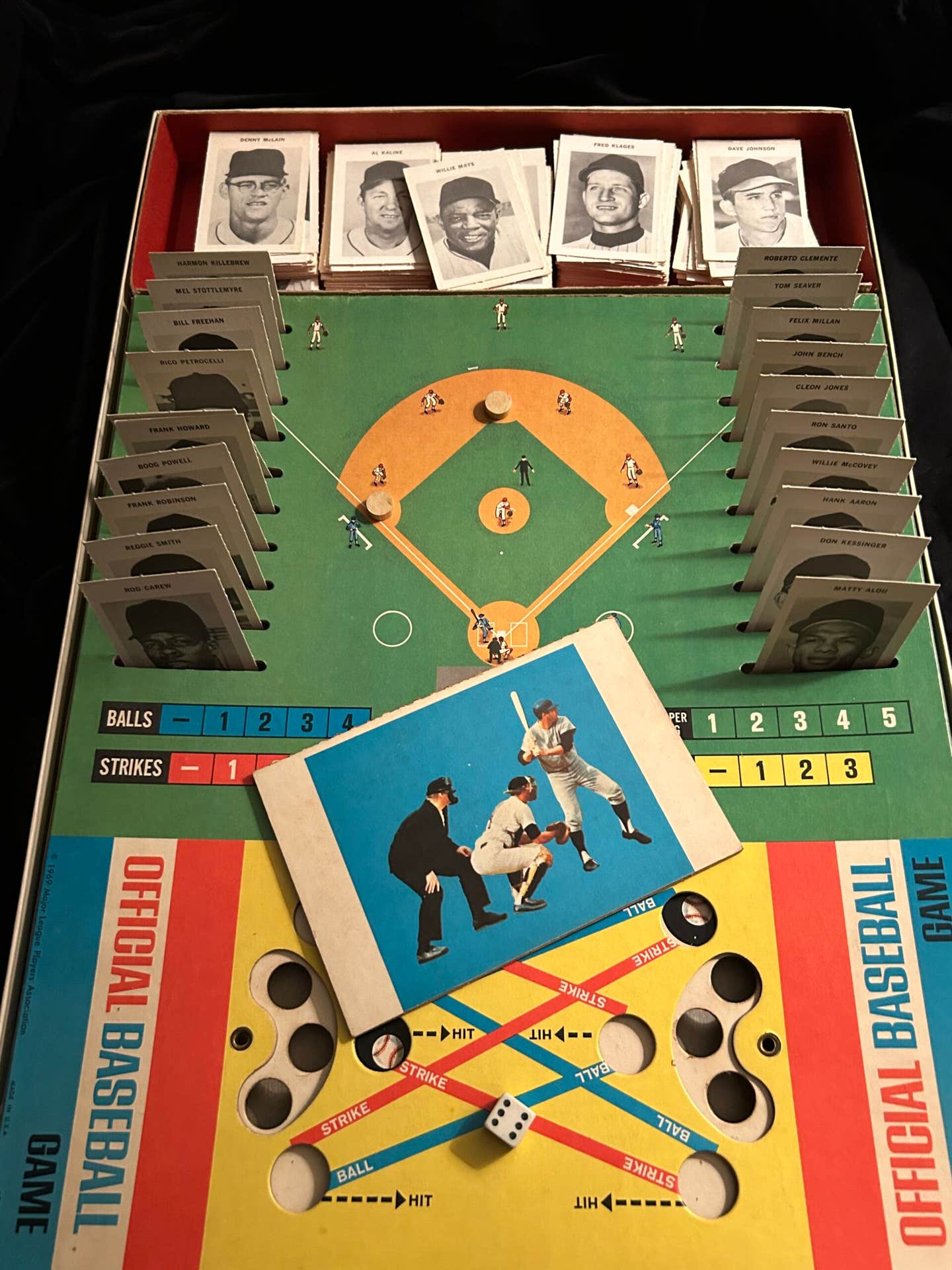Old-fashioned Halloween parties and traditions
It’s easy to forget that most of the mischief and merrymaking during Halloween back in the day was done by adults and not children — specifically by adults who wanted…
It’s easy to forget that most of the mischief and merrymaking during Halloween back in the day was done by adults and not children — specifically by adults who wanted to throw a festive party and those who wanted to attend one.
As Mark B. Ledenbach, an expert on vintage Halloween collectibles, notes in our cover story, the hottest items right now is all of the paper ephemera that spawned from these adult parties in the late teens through the 1930s: invitations, place cards, tally cards, wall decorations, etc. that were made by Beistle and Dennison.
Lots of hostesses snapped up these ready-made paper goods, but many also made their own, with helpful tips and how-tos found in Dennison’s Bogie Books (themselves highly collectible), which were party-planning guides to throwing a humdinger of a holiday shindig full of old-fashioned frolic, food and mild frights, using their paper products, of course.
Here is a brief overview of these parties, from a 1920 Dennison’s Bogie Book:
Invitations
These were probably the most important part of a party, as you had to entice people to attend. Although party-throwers could buy invitations in many shapes and styles, crafting their own using black cats, pumpkins, ghosts and witches was half the fun and Dennison gave tips for using their gummed seals and cardboard cutouts to make distinctive and original invitations. If you couldn’t think of an original jingle, they suggested using their small diecut Brownie character with a simple, “Come!!! Run over to my Halloween Party, Saturday Night, October 31st.” The company said invitations should “contain as much secrecy and excite as great curiosity as possible.”
Decorations
As guests showed up typically dressed in homemade costumes of clowns (a top choice), witches, gypsies, jesters, flappers, gangsters and even farmers, Dennison suggested starting the party with the mild fright of having the front door swing open apparently unaided and the hall kept dark, except for a few ghostly green lights guests could follow to the other rooms. How-to tips were given for decorating living rooms in vivid orange and black, with pumpkin cut-outs, black cats, bats, streamers, crepe paper ropes, hanging scarecrows, and also not forgetting to dress up chandeliers, windows, fireplaces and doorways — complete with a dangling spider “to give any timid guest a thrill.” There were also instructions for making party favors of black cat balloons and charms, witch horns and witch pencils, and ghost bags.
Menu
Guests could expect to see simple refreshments served on a decorated table with an orange table cloth and a centerpiece of a witch and her cauldron. Serving cups were made in the shapes of owls, devils, and ghosts, and napkin holders in the shape of pumpkins and owls. If you wanted to serve sandwiches, Dennison said to make them “fortune sandwiches” and cut them into three shapes — round, diamond and heart. As guests ate, you would tell them what the different shapes meant: round ones signified wealth, diamond-shaped ones indicated some unexpected pleasure, and heart-shaped ones meant love would come to you within a year. A sample menu would be chicken pie, stuffed apple salad, nut bread sandwiches, hot gingerbread and coffee; or an even simpler one of fruit cocktail, chicken patties, potato chips, ice cream, cake and coffee.
Games
Besides popular card games like bridge, whist and canasta, games of fortune were also popular and often connected to future wedded bliss or material welfare. One game Dennison suggested was The Cup of Fate: Three cups or saucers would be placed on a table and one would be filled with water, one milk and one vinegar. Each guest would be blindfolded and would dip a finger in the first cup they touched. If it was water, “single blessedness” was in store; if vinegar, one’s future husband or wife would have a sour disposition; if milk, they’d have a happy married life.
Another suggested game was Spinning the Web of Fate: a large spider web was drawn on a sheet of orange mat stock and fortunes were written in the different sections. Each guest spun a top that was placed on the web. When it stopped, their fate was revealed.
Want more scary fun? See our stories on vintage Halloween collectibles and classic horror movie posters.


